Queensland floods: It’s going to happen again
Ten years after ‘inland tsunami’, disaster planning in the state is still woefully unprepared.
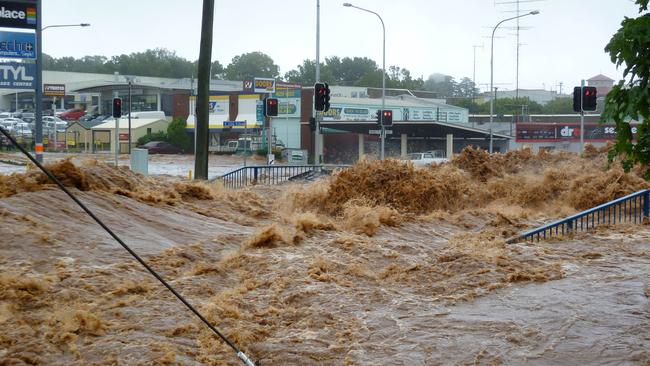
It’s hard to believe that it is 10 years since the “inland tsunami” hit rangetop Toowoomba and cascaded through the Lockyer Valley west of Brisbane. For those caught up in the horror of January 10, 2011, the culminating event of Queensland’s summer of sorrow, it seems like only yesterday.
More so when the Sunshine State is in the clammy grip of another La Nina weather system, trading off the threat of flooding to cities and towns with the boon of a drought-ending wet.
People are again anxiously tracking the levels of swollen rivers. The tragedy on Brisbane’s doorstep in 2011 gave way to a disaster of epic scale as Ipswich and the capital itself flooded from January 11-14. The clean-up was still under way when north Queensland was hit by category 5 Cyclone Yasi on February 2-3, devastating coastal communities between Cairns and Townsville.
By the time the mud settled, nearly 80 per cent of the state had been impacted by flooding, 33 people were dead and the damage was being counted in multiples of billions. Tens of thousands of homes were wrecked, highways and railways washed away, countless livelihoods destroyed.
“It is something that will go down as one of the most significant moments in our history,” Brisbane Lord Mayor Adrian Schrinner recalled this week.
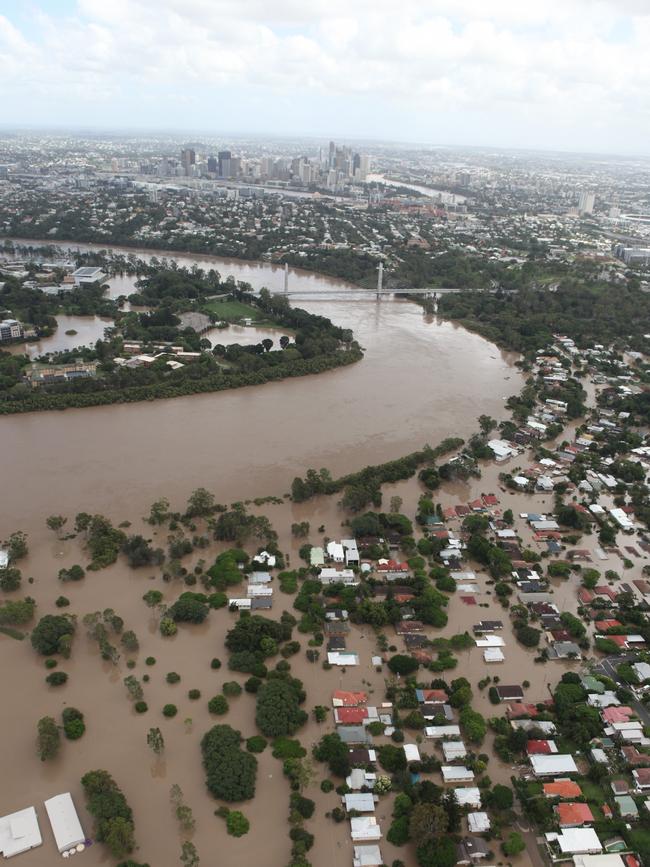
He claims the lessons of those harrowing days have been learned at all three levels of government: emergency services are better prepared, and those creaking wheels of officialdom oiled to respond sooner in times of dire need. But that’s only part of this story.
The natural human response is to rebuild, and it happened at a fast and furious pace in Brisbane and across Queensland in the aftermath of the 2011 flood and cyclone disasters. The trouble is, much of it was on a like-for-like basis, especially with housing stock. Homes that were submerged to the eaves were dried out and refurbished — downstairs recarpeted, the weatherboard replaced, all just as it was. In flood-prone suburbs such as Rocklea, nestled in a crook of the Brisbane River on the city’s southside, this meant places that went under in 1974 were patched up once more, ready for next time. You have to question the logic of it.
Consider Scott Louden-Walker’s experience. Both his bungalow in Leeds Street and an investment property a block over were flooded and, when his insurance claim was knocked back, he was left to wear the cost. So he sold the second home. “It’s a pretty basic house, pretty easy; I live here by myself,” he says, conducting us on a tour of the refurbished Leeds Street home. Peach-coloured tiles replaced the old linoleum flooring and the kitchen and bathroom have had a makeover.
Did he consider raising his home off its ground-level slab? “Bugger that,” he answers. “If it happened again I’d swear about it — and then do it all again.”
A neighbour, Trish, was told her home had flooded in 1974 — another January disaster that claimed 16 lives and inundated 8000 properties — but she was perfectly safe in 2011 because the river had been tamed by the Wivenhoe Dam. We all know how that turned out. Weeks of heavy rain that started before Christmas 2010, a supercell deluge straight on to the catchment and mismanagement of the dam overwhelmed the professed flood shield, and Trish was left to pick up the pieces while battling cancer.
“I was from NSW, so I didn’t know about the ’74 floods. And when I went to get a loan from the bank, they said, ‘oh no, Rocklea is a flood area, we can’t give you a loan’,” she says. “I went to the council and they looked up the flood maps and said … we’ve built Wivenhoe Dam so you are protected … the people behind me would get affected but I wouldn’t. So the bank went ahead and gave me the loan.”
Ten years on, and she still can’t afford to install replacement doors on her kitchen cupboards. New wardrobes and bathroom repairs came first. She hopes her cut of a 2019 class action settlement with the Queensland government over the operation of Wivenhoe Dam will allow her to complete the work and, unlike Louden-Walker, lift the house above the flood line. “We’ve been waiting, waiting, waiting (for the payout),” she sighs.
None of this is to be critical of flood victims. Who wouldn’t want to get on with it were you unfortunate enough to step into their sodden shoes? The point is Australia’s third largest city is built on a flood plain and if there is any certainty in life it’s that the disasters of 1893, 1974 and 2011 will be revisited.
“We can’t stop flooding in Brisbane,” Schrinner concedes. “We would be mistaken to think it happens only once every 30 years. It could happen in any year, at any time … a flood like 2011 could actually happen two years in a row, that’s the reality.”
In all, 23,000 homes and business premises were damaged in Brisbane in 2011, at a loss value to insurers of $1.53bn. Schrinner says more than 95 per cent of them were built prior to the 1970s, putting into perspective the building and planning measures that have since been put in place for new developments. “What that shows is that planning controls are working to reduce people’s flood risk, so the majority of the flood risk is in areas that were developed before the modern age,” he says.
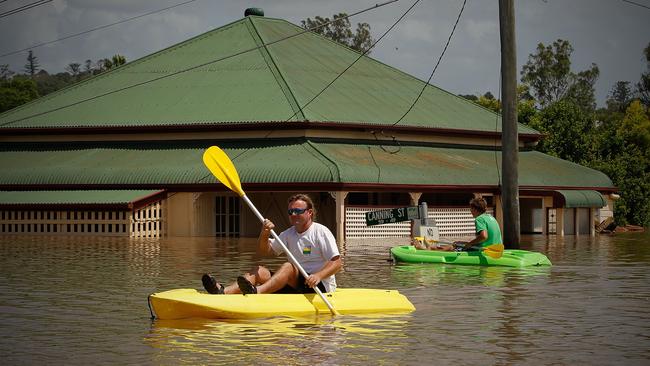
Understandably, the insurers are unimpressed. They want more money spent on flood mitigation and resilience rather than perpetuate the merry-go-round of clean-up and rebuild. A 2015 report by the Productivity Commission found that only three cents in the dollar spent by governments on disaster recovery went to preventative works. Steve Johnston, chief executive of the Brisbane-based Suncorp Group, one of the nation’s top two general insurers, says the balance is wrong — and it costs people, one way or another.
“The story of the Queensland floods is a microcosm of what is a national agenda around needing to deal with planning laws, improve the quality of decision-making around planning, spending money on mitigating the effects of all these outcomes, getting in early, supporting customers to build their homes in a more resilient, robust way,” he says.
“I think lessons have been learned but I don’t disagree with the fundamental principle that people prioritise getting back into their homes after an event. So a lot of the housing stock is not going to be materially different, and that is an issue.”
Johnston points to the anomaly in which north Queenslanders can readily get a subsidy to put a solar panel on the roof, but not necessarily to batten down against cyclones. The cost of insuring against natural disaster is eye-watering.
When he started at Suncorp in 2006, its annual natural hazard allowance was $68m. By last year this had increased to $950m and counting. In roughly the same period, the company’s reinsurance costs tripled to almost $1.2bn annually, feeding into higher premiums for policyholders.
“Properties that have flooded previously, properties that are in flood prone areas … the risk is embedded in the premium and the pricing has to reflect that,” he says.
That means rocketing premiums in high-risk areas — where cover is available, that is.
Johnston says Queensland is bisected by the “Capricorn line” at Rockhampton, north of which some insurers won’t indemnify against flood or storm damage. Suncorp, which continues to cover this, stopped writing home policies in Roma, west of Toowoomba, after the 2011 floods, so frequently had the town gone under. The suspension was lifted after 18 months when the local council and Queensland government agreed to build a $10m flood levee.
Queensland Reconstruction Authority chief executive Brendan Moon says the agency, set up after the summer of sorrow, has co-ordinated spending of $16bn in the past decade on disaster recovery. He accepts the need for a rebalancing to risk reduction, and says that is what has happened over the past five years.
Take the massive effort in Townsville after the northern centre was hit by devastating floods in 2019. Of the roughly $1.1bn tab picked up by the taxpayer, $240m went on prevention and pre-emptive mitigation initiatives, Moon says, adding: “The pendulum is changing to building more resilient infrastructure, communities and economics.”
But another aspect of the Townsville flood shows how much remains to be done. One of the worst hit areas was the new subdivision of Fairfield Gardens and its gleaming shopping centre, developed on the low lying southern bank of Ross River. Guess what happened when it broke its banks?
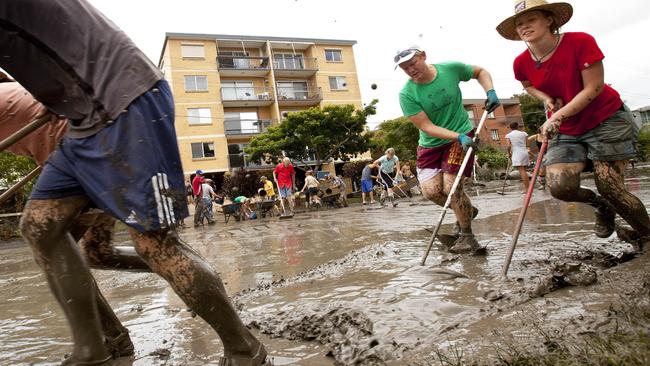
While traditional Queenslander-style homes rode out the flood on their stilts — except where they had been built under, of course — the slab-to-the-ground project homes in Fairfield Gardens had a metre or more of water through them. Such was the demand for tradies that some places took 18 months to be repaired.
No one wants to make life any harder than it is for flood and other disaster victims, but Brisbane City Council, implementing some of the lessons of 2011, has established a Flood Resilient Homes program that shows the way forward.
Available to ratepayers whose properties are judged to have a 50-50 chance of flooding in vulnerable locales such as Rocklea, it offers free in-home advice on upgrades and subsidies to get the work done. Think tiles or polished concrete for ground-level flooring, shoulder-height power points and elevated cupboards. Small changes can make a big difference.
Moon says the state government has set aside $20m to help homeowners in the cyclone belt retrofit roofs and, on the insurance front, there is general relief that the definition of flood was standardised post-2011, ending the distressing nitpicking by some insurers on whether flood damage was caused by flash flooding, which was covered, or so-called riverine flows which weren’t.
Schrinner says Brisbane City Council has also lifted the height limit for homes in flood areas from 8.5m to 9.5m, allowing them to be raised. Detailed flood mapping that was previously kept secret by City Hall is now available for every property within the municipal limits so home buyers can know the risk before they sign on the dotted line.
As useful as these measures are, Johnston says the approach is scattergun, “a bit here for Queensland, a bit there NSW”, when what is needed is a national program that would cover infrastructure resilience at the public level, and subsidies and possibly tax incentives for individuals to encourage people to disaster-proof their own properties. He says international reinsurers are taking a close, hard look at the risk profile in Australia, and while there is no suggestion of them “walking away”, the implications are ominous.
“If the private insurance market can’t function because the reinsurers won’t support us or premiums are too high and people have to opt out, when an event comes through it’s the government that has to step in,” he says.
“I just think it’s the most obvious set of initiatives that could come together. I understand that it is sometimes not as attractive as headline programs around JobKeeper or JobSeeker and putting roads and other forms of infrastructure in, but I think it’s what the country needs.”

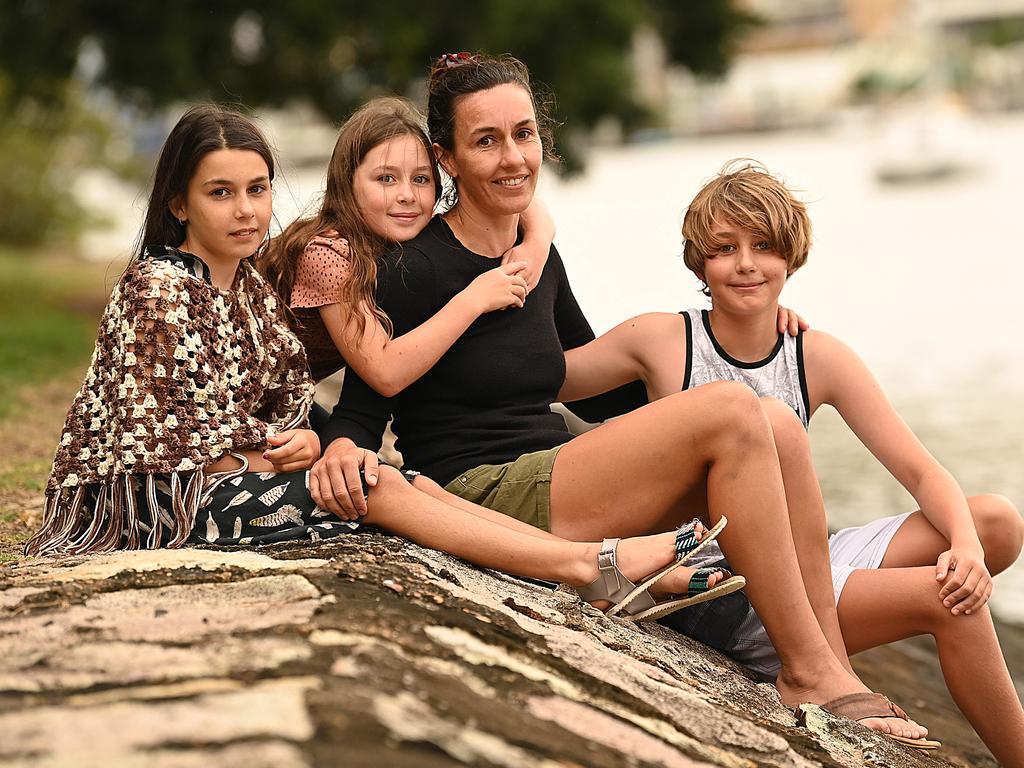
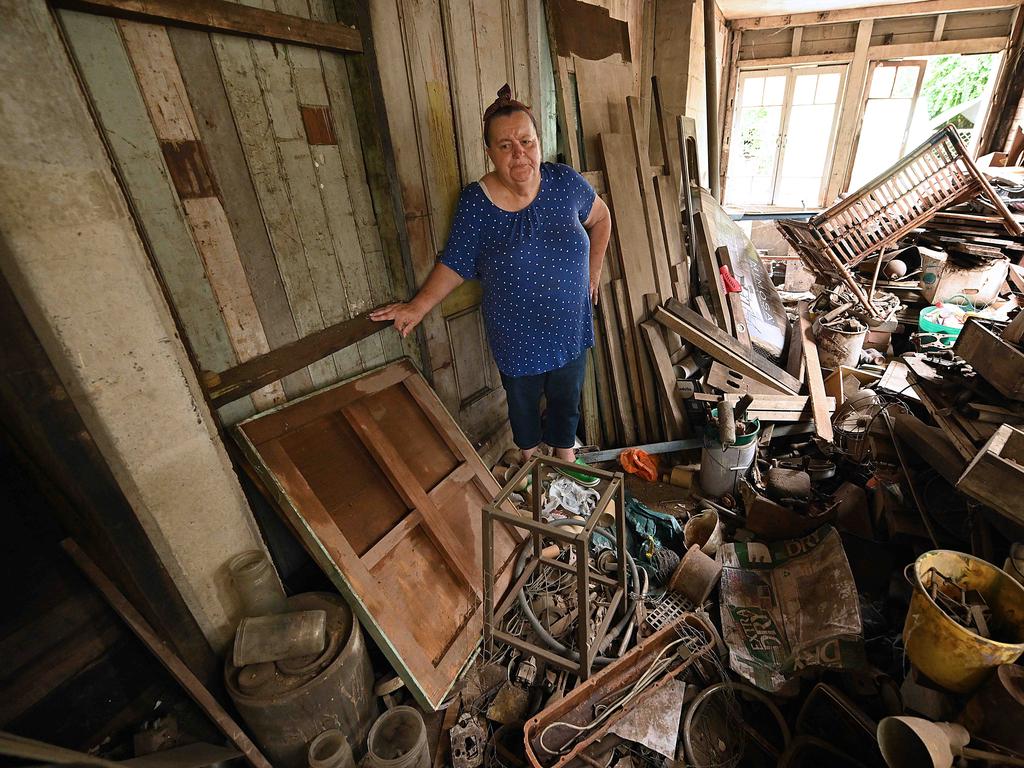
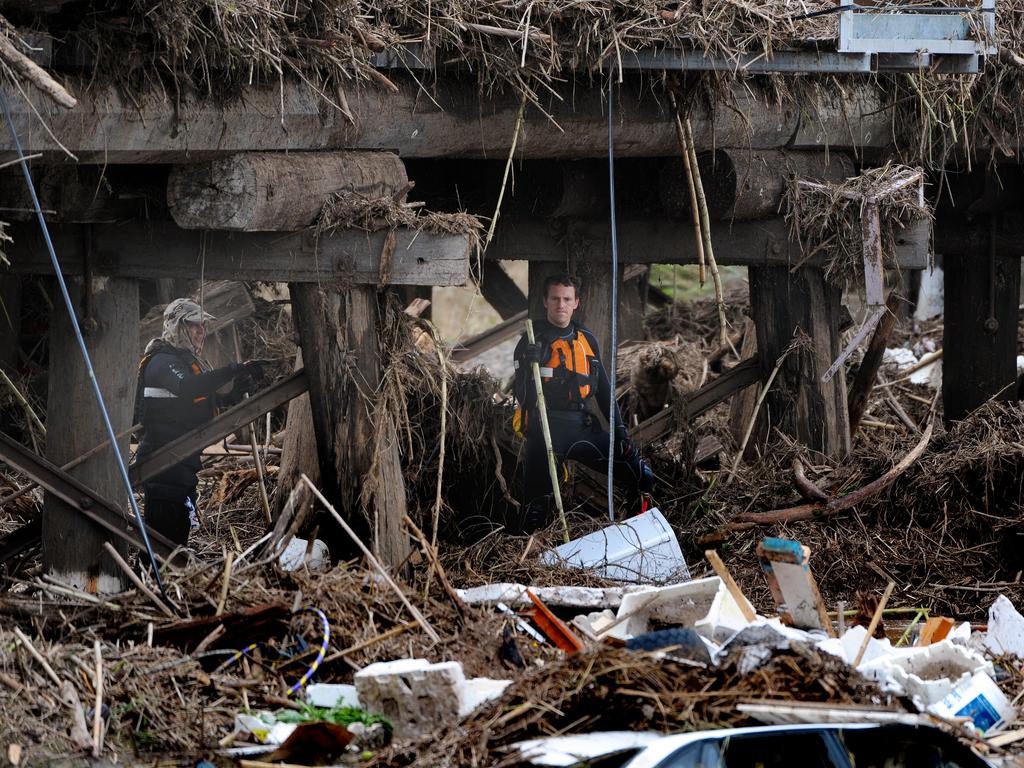
To join the conversation, please log in. Don't have an account? Register
Join the conversation, you are commenting as Logout